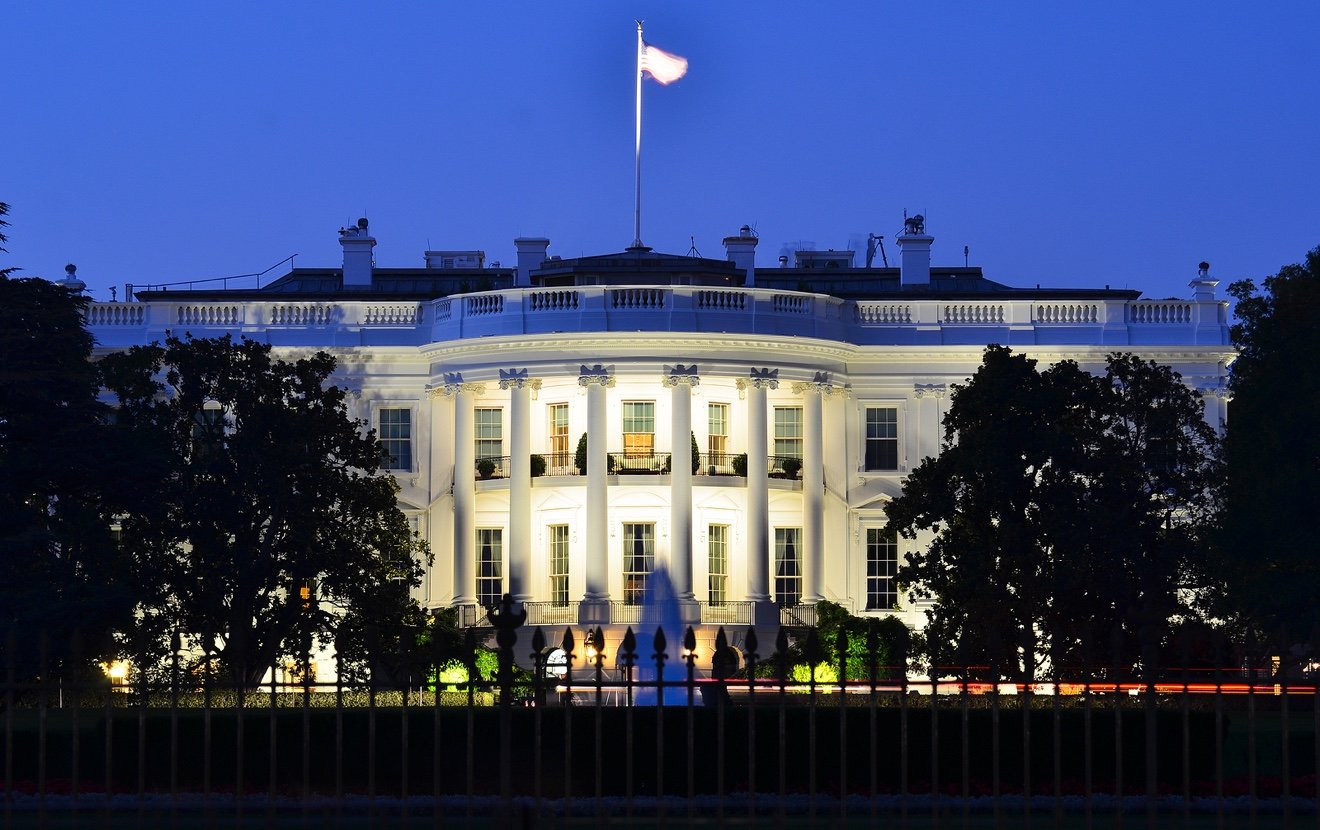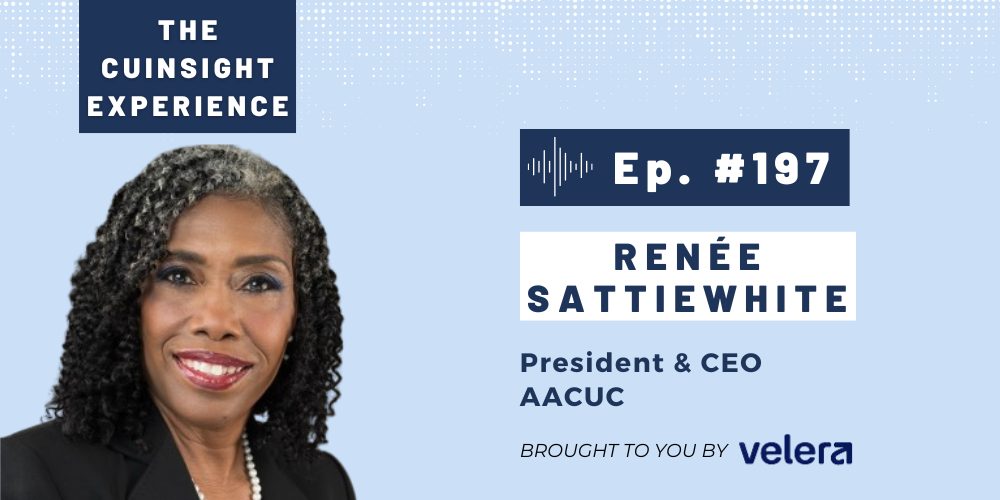The cooperative model is rooted in inclusion and access. Why, then, does our country’s credit union industry, and the broader cooperative movement, remain primarily white?
It’s a question that many people in this space don’t seem to feel comfortable asking, and Google provides few satisfactory answers. The question becomes particularly puzzling when we take into account that poverty disproportionately affects people of color, and building financial stability is one of the core credit union operating principles. Even the NCUA names “serving the underserved” as a core commitment.
As the CEO of a recently converted worker cooperative (with, as of now, a primarily white employee base), I have been practicing curiosity and leaning into questions about race that I would have avoided even two years ago. If there is a disparity in the racial composition of credit unions and cooperatives, I believe there are valuable lessons to be learned by digging in.
A little research revealed a rich history of black-owned cooperatives that have largely flown under the radar. Black History Month is a fitting time to bring this hidden legacy to the forefront. What can we learn from the history and present reality of black-owned credit unions and cooperatives to help us more deeply live the cooperative principles in our organizations today?
Looking Back
Professor Jessica Gordon Nembhard’s seminal book, Collective Courage: A History of African American Cooperative Economic Thought and Practice (you can find a summary here) highlights Black cooperatives’ role as a force for change in critical periods throughout American history, especially during the 1880s, 1930s-40s and 1960s-70s.
What did these periods have in common? Nembhard reports they were times when Black Americans recognized cooperatives could play a critical role in creating the economic independence that would help them achieve political rights. When black communities worked together to set up their own cooperative stores, gas stations, health insurance, worker co-ops and credit associations, black consumers could tap into services, jobs and financing that were either prohibitively expensive or impossible to access otherwise.
Second, these were eras when black organizations actively supported cooperative economics as a means of independence and empowerment. During the 1880s, labor unions—many of which were integrated in their early days—fought for the right to control their own work and created cooperative mills, farms and exchanges. By the 1930s, Booker T. Washington’s Black Negro Business League was holding conferences and trainings to create an integrated system of cooperative societies throughout the U.S.
As the civil rights movement gained strength in the 1950s and 1960s, there was less overt support for cooperatives—they were often tainted by associations with “Communism” during the McCarthy era. But the civil rights movement continued to recognize the power of the cooperative model and quietly supported it behind the scenes. In 1967, the five major civil rights organizations used grant money from the Ford Foundation to set up the Federation of Southern Cooperatives, which developed a variety of cooperatives (farming, supply, credit unions, housing, workers) and is still in operation today.
Lest these descriptions paint too rosy a glow of the early days of cooperatives in black communities, let’s acknowledge the ugly realities many of them faced. In Collective Courage, Dr. Nembhard stressed the downside of cooperative success — unwanted notice and, all too often, violence and destruction from the white community.
Black-owned cooperatives that are thriving today
The legacy of black-owned cooperatives persists today — in fact, the largest worker cooperative in the United States today, the South Bronx-based Cooperative Home Care Associates (CHCA), is owned primarily by black and Latinx women. According to Lisa Barclay of Food Co-Op, “The cooperative provides benefits almost unheard of in the home-care industry, from small interest-free loans to free income tax preparation services to paid vacation and health insurance. Not to mention dividends!”
There’s also the Ujamaa Collective, founded in Pittsburgh by African-American craftswomen to create a fair trade marketplace for their wares. According to its website, “Ujamaa aspires to form and empower a cooperative business network that works collectively to provide economically vibrant, green and sustainable communities for people of African descent.”
In the food space, Taharka Brothers is a Baltimore, Maryland-area ice cream company that became a worker-owned cooperative—and a majority black-owned company—in late 2020. ChiFresh Kitchen, a worker-owned cooperative in Chicago, creates healthy and affordable meals for those facing food insecurity because of COVID. Even more important, the organization gives formerly incarcerated women meaningful employment and, because of its cooperative structure, both the chance to have a say in every decision the company makes and a share in future profits. The cooperative recently received a $100,000 grant from the American Heart Association’s Social Impact Fund because it addresses multiple issues related to equity while empowering the people affected by those issues.
And Mandela Grocery, a black grocery co-op in West Oakland, Calif. has 10 worker-owners, sources products from California farmers and entrepreneurs—with a focus on farmers and food makers of color—and recently celebrated its 11th anniversary. The co-op described its location as a site of “food apartheid” where systemic racism has limited local access to fresh food.
What aboutblack-owned credit unions?
Black-owned credit unions have offered black Americans alternative ways to save and borrow for more than a century and were especially valuable during the Jim Crow era.
According to the Southern Oral History Program, North Carolina has long been a hub for black credit unions. The first credit union for black North Carolinians was founded in 1918, another eight were set up by 1920 and during the 1940s the state boasted 55 black credit unions—nearly as many as all other states combined. Participants in this oral history project reported being turned away from white-controlled banks as late as the 1970s and appreciating the critical difference black-owned credit unions made in their lives.
Is there a black-owned credit union near you? To be honest, the answer is “probably not,” as there are fewer than two dozen across the country (check out this article in Shoppe Black for the complete list) and except for a handful of exceptions in Texas and California, most are East of theMississippi.
That said, there have been some exciting recent developments in the credit union space around diversity, equity and inclusion.
For instance, The African-American Credit Union Coalition (AACUC), founded in 1999, heads an initiative called Commitment to Change: Credit Unions Unite Against Racism. One of the initiative’s main goals: to provide a safe space for leaders to talk about the impacts of current events, particularly with regards to police brutality, and create ways to achieve sustainable change.
In other recent developments, USC Credit Union in Los Angeles has proposed starting a credit union that serves historically black colleges and universities as a way for black colleges and universities to scale up, expand services, and lower their operating costs.
Just announced in late January 2021, a strategic alliance between CUNA and the African-American Credit Union Coalition will include annual membership and meeting exchanges, a scholarship program and an online community for AACUC. And founded in mid-2020, the Credit Union Diversity, Equity and Inclusion Collective (CU DEI Collective) calls on “all members of the credit union movement to apply our cooperative principles to create real, meaningful, transformative, and sustained change.”
The future ofblack-owned cooperatives
We’ve delved into the history and assessed the present state of black-owned cooperatives. What might the future hold?
There is no doubt that the cooperative model is powerful. In fact, one of the five primary reasons I decided to transition the marketing agency I co-founded, PixelSpoke, to a worker-owned cooperative last year was the model’s potential for reducing inequality. As The Nation points out, “The equity principle of worker-owned cooperatives could be especially crucial for communities of color, as a path toward expanding community investment and closing the abysmal racial wealth gap.”
Whether in regards to worker-owned or member-owned cooperatives, it’s important to keep this equity principle front and center. As I discussed in a June 2020 CUInsight article, Why credit unions should speak up in support of Black Lives Matter, finding more intentional ways to meet the financial needs of black Americans is both a credit union responsibility and an opportunity. Plus, there is ample evidence that multiracial membership will drive future credit union growth.
While some of the industry’s recent DEI efforts give me hope, we also need to acknowledge that our system has a long way to go. When it comes to leadership, fewer than 3% of U.S. credit unions are headed by a black CEO. According to Inclusiv, formerly the National Federation of Community Development Credit Unions, as of 2019, “Minority-owned credit unions are closing at the staggering rate of roughly one per week and African American credit unions, which make up 50 percent of all minority-owned credit unions, are among the fastest to decline.”
What can we do? First, take a look around your own credit union. Does your staff reflect the community you serve? What about your Board and your Executive Team? Is your culture inclusive? Do all staff members have equal opportunities to grow and thrive? As Amber Fielder, VP of Marketing at USE Credit Union, points out in a recent episode of The Remarkable Credit Union podcast, diversity, equity, and inclusion (DEI) should be a critical core competency for all credit unions. “As marketers,” she says, “we’re in the unique position to push DEI in our organizations.”
Second, take a look at your membership. Do your members reflect the full range of the communities you serve? What groups are being left out? How can you reach them and engage with them to better serve their needs? How can you iterate and innovate when it comes to your product mix? Point West Credit Union (a PixelSpoke client) is a great example of a credit union that has intentionally evolved its products to meet the needs of underserved immigrant communities.
Lastly, in keeping with the “cooperatives helping cooperatives” principle, let’s prioritize partnerships with black-owned cooperatives, including other credit unions, to support their work, amplify their impact, and enrich our collective communities.








